Address
304 North Cardinal
St. Dorchester Center, MA 02124
Work Hours
Monday to Friday: 7AM - 7PM
Weekend: 10AM - 5PM
Address
304 North Cardinal
St. Dorchester Center, MA 02124
Work Hours
Monday to Friday: 7AM - 7PM
Weekend: 10AM - 5PM
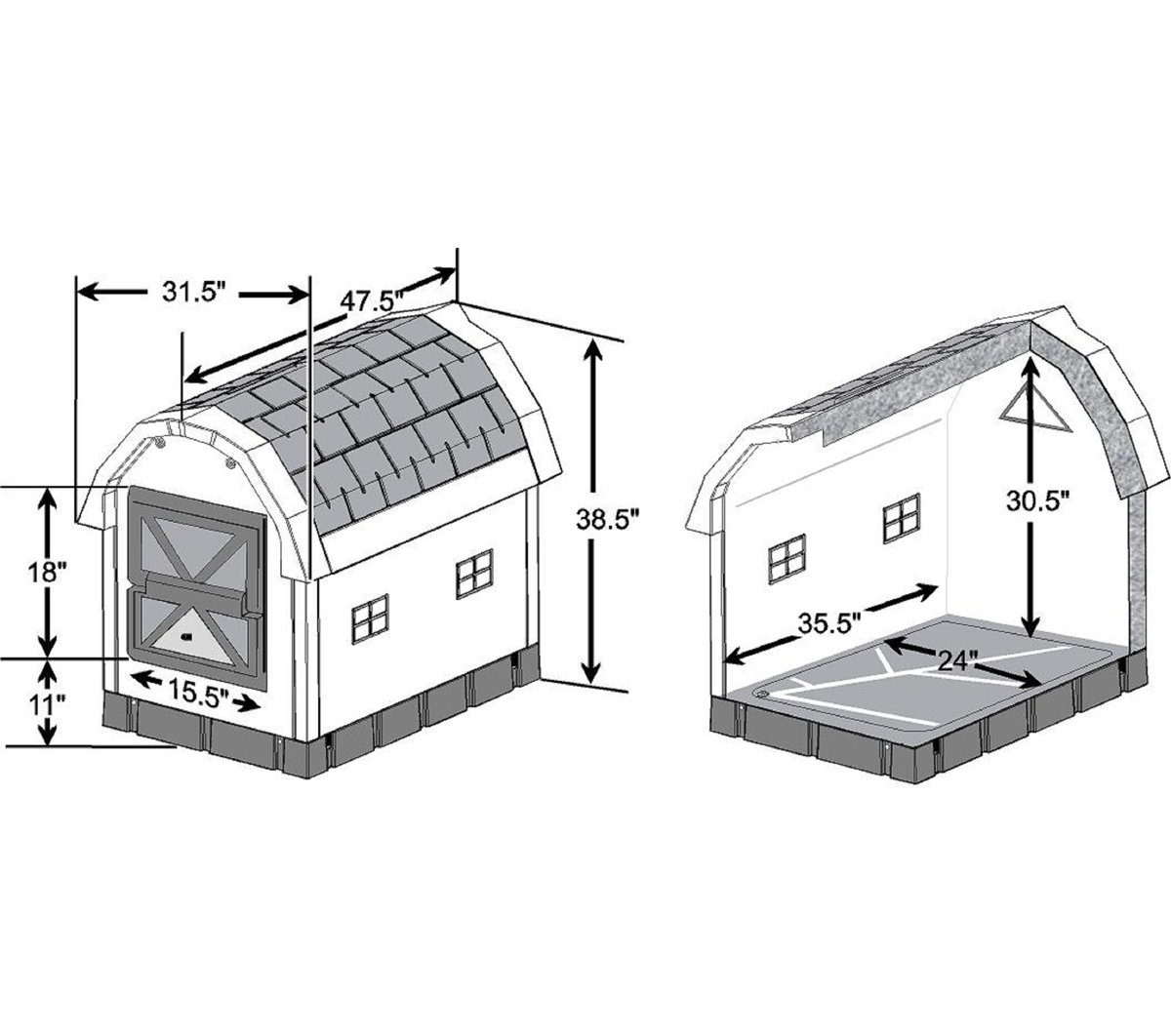
Choosing the right crate for your dog is about more than just finding one that looks nice or complements your home. The size of the crate is a foundational element of its effectiveness, impacting everything from successful crate training to your dog’s sense of security and well-being. A properly sized crate becomes a personal den for your dog, while a poorly sized one can be a source of anxiety or can even hinder the very purpose of a crate.
This guide will walk you through the precise art of dog crate sizing. We’ll go beyond a simple chart, explaining the “why” behind the measurements, addressing the common mistakes people make, and providing detailed advice to ensure your dog has a crate that feels like their own personal sanctuary.
The most important principle in dog crate sizing is this: a crate should be just big enough for your dog to stand up, turn around, and lie down comfortably. It should not be so big that your dog can use one end as a bathroom and the other as a sleeping area. This “just right” size is crucial for house training, as it appeals to a dog’s natural instinct to keep their sleeping space clean.
An oversized crate defeats the purpose of house training. When a puppy or a dog has too much room, they may feel disconnected from their sleeping area, leading to accidents inside the crate. A crate that is too small, on the other hand, is simply cruel. It can cause discomfort, stress, and physical problems for your dog, making them hate their crate and view it as a punishment.
Finding the right size starts with a few simple measurements. You will need a tape measure and a calm dog.
Step 1: Measure Your Dog’s Length
Measure your dog from the tip of their nose to the base of their tail. Do not include the tail itself in this measurement. A dog should be able to turn around comfortably, so you need a crate that is about 2 to 4 inches longer than your dog’s body.
Step 2: Measure Your Dog’s Height
Measure your dog from the floor to the top of their head when they are sitting or standing naturally. The crate should be about 2 to 4 inches taller than your dog’s head. This ensures they have enough room to stand up without slouching.
Once you have these two measurements, you can begin to look for a crate that falls within this size range. Most crate manufacturers will list a size chart with recommended breeds. While this is a good starting point, always use your dog’s actual measurements to be certain.
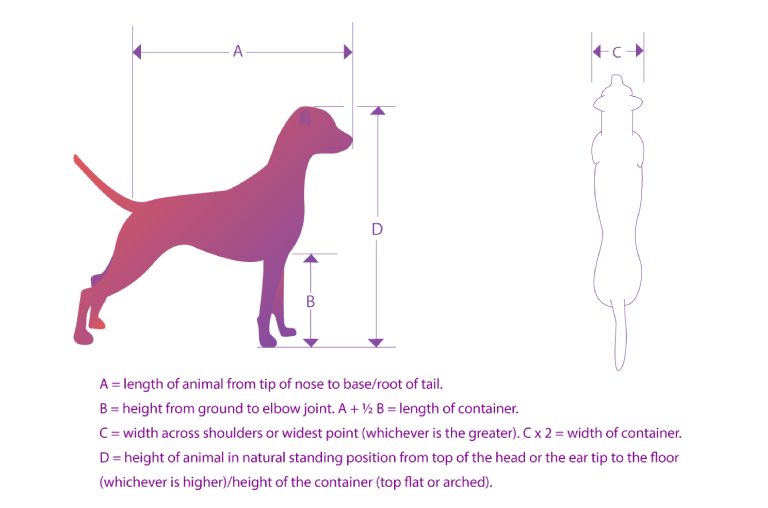
When it comes to dog crate sizing, even a small mistake can make a big difference. Avoiding these common pitfalls will save you time, money, and frustration.
Why an Oversized Crate is a Problem
Many people make the mistake of thinking bigger is better. They assume that more room equals more comfort for their dog. In reality, a crate that is too large can completely sabotage house training. A puppy will instinctively avoid soiling their bed, but if there’s enough room to walk to a separate corner, they may see that as a viable bathroom area. This can create a habit that is very difficult to break later on.
Why a Crate That is Too Small is Harmful
A crate that is too small is a safety and comfort issue. A dog must be able to stand, turn around, and lie down fully stretched out. Forcing a dog to cram into a space that is too small can lead to joint problems, anxiety, and a deep-seated hatred for the crate, which will make any training impossible. Always choose comfort over a space-saving compromise.
While a simple measurement is the best practice, here are some general size recommendations for various dog breeds to help guide your decision. Remember, individual size can vary widely, so this is just a starting point.
Small Breeds (10-25 lbs): Shih Tzus, Pugs, Beagles. Crates in the 24-inch range are typically a good fit.
Medium Breeds (25-45 lbs): Border Collies, Cocker Spaniels. Look for crates in the 30-inch range.
Large Breeds (45-70 lbs): Labradors, Golden Retrievers, German Shepherds. A 36-inch crate is often the standard.
Extra-Large Breeds (70-90 lbs): Akitas, Bernese Mountain Dogs. Crates in the 42-inch range are a good starting point.
Giant Breeds (90+ lbs): Great Danes, Mastiffs. Crates in the 48-inch to 54-inch range are necessary.
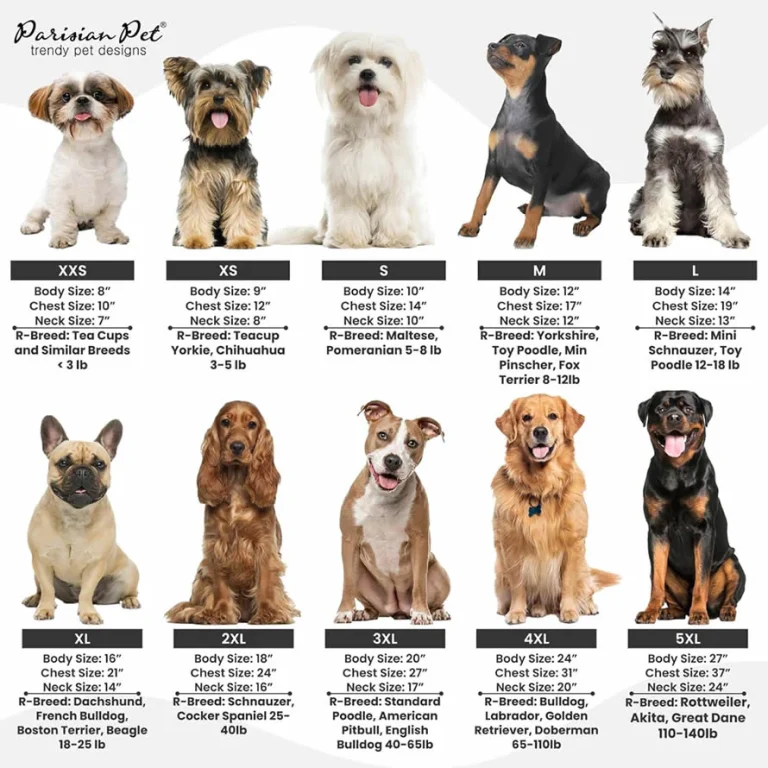
When crate training a puppy, you have two options: buy a small crate for the puppy and then a larger one for their adult size, or, more practically, buy one crate that will fit them as an adult and use a divider.
A divider panel is a lifesaver. It’s a wire or plastic panel that you can use to reduce the interior space of the crate. As your puppy grows, you simply move the divider back to give them more room. This ensures the crate is always the perfect size for dog crate training and prevents them from having accidents in a corner that is too far from their sleeping area.
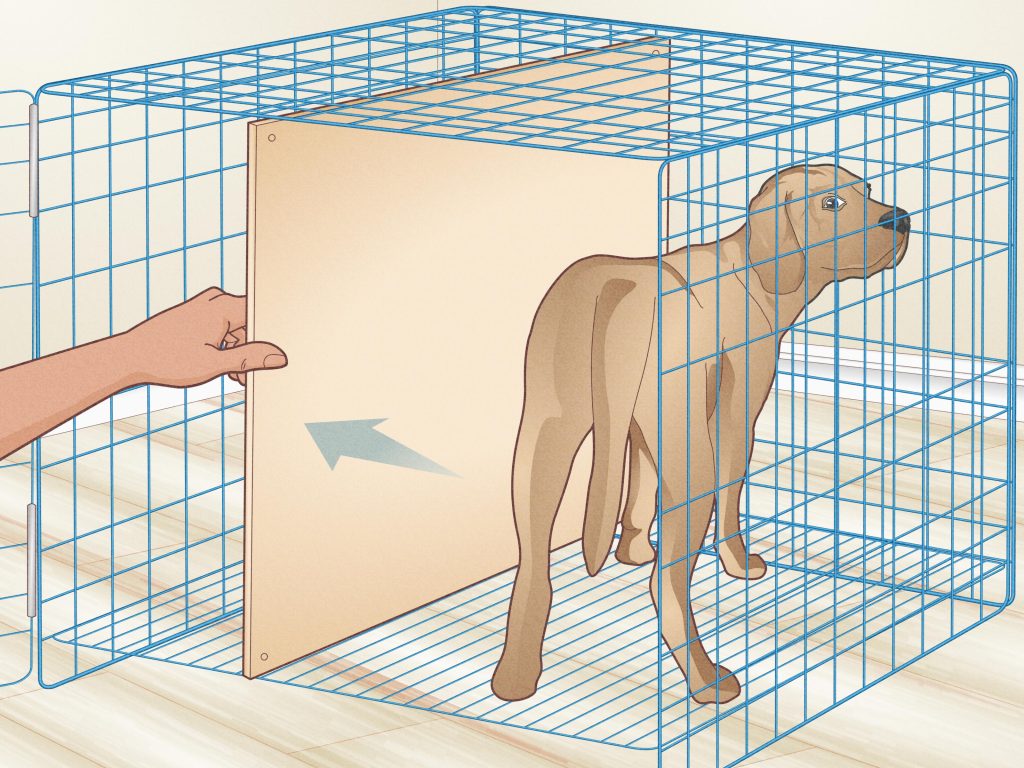
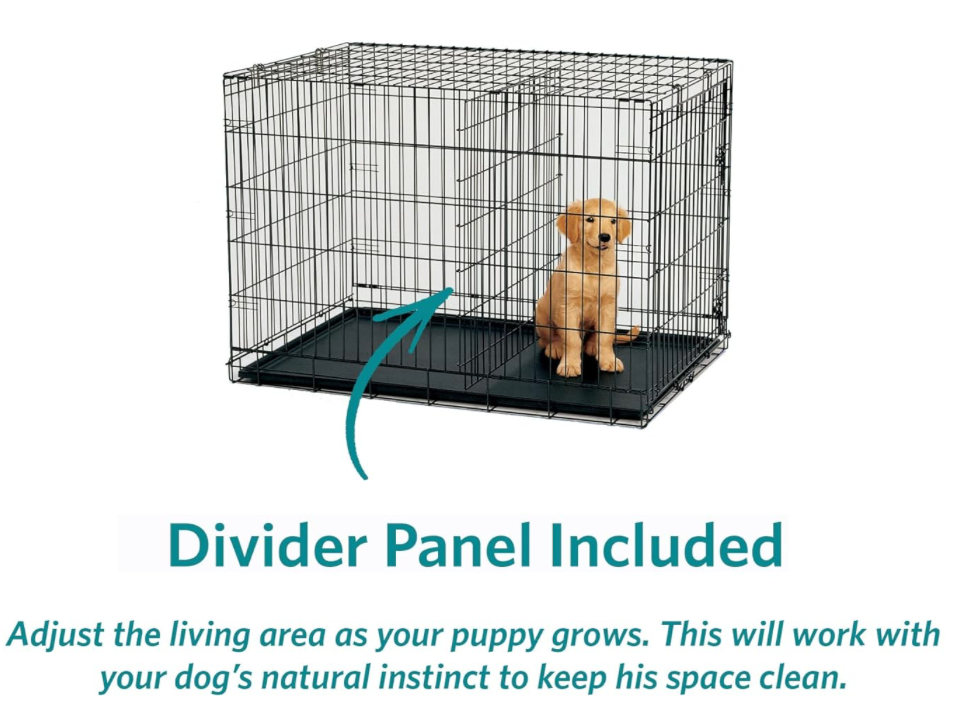
Final Considerations for Crate Sizing
Beyond the measurements, think about your dog’s unique needs. Do they have a long body, like a Dachshund? Do they have a long coat that makes them appear larger? These are all factors to consider when choosing the right dog house size. The goal is to provide a space that feels like a secure, comfortable den, not a restrictive cage or a vast, empty room.
By taking the time to properly measure your dog and select a crate of the right size, you are setting them up for success. You are helping them tap into their natural denning instincts and ensuring their crate becomes a place of comfort and security for years to come.
FAQ
How big should your dog crate be?
To select the right size dog crate, measure your dog and ensure the crate is large enough for them to stand, turn around, and lie down comfortably, with a few inches of extra space. For puppies, it’s best to use an adjustable crate with a divider to prevent accidents during house training1
How do you know what size dog crate you need?
To determine the right size dog crate, you should
measure your dog’s length and height and choose a crate that allows them to stand, turn around, and lie down comfortably. For puppies, selecting an adjustable crate with a divider is best to accommodate their growth.
How much room should my dog have in his crate?
For a dog crate to be the right size, it should be large enough for your dog to stand up, turn around, and lie down comfortably, with
a few inches of extra space. A crate that is too small can be restrictive and uncomfortable, while one that is too large can hinder house-training efforts
What size dog can fit in a 42 inch crate?
large dogs that typically weigh between 70 and 90 pounds. The specific breeds that fit comfortably can vary, so it’s always best to measure your dog and ensure they have enough room to stand, turn around, and lie
Some common breeds that fit a 42-inch crate include:
Labrador Retrievers
Golden Retrievers
Boxers
Australian Shepherds
Border Collies
Siberian Huskies
Airedale Terriers
Dalmatians
Standard Poodles
Should my dog be able to stretch out in his crate?
Yes, your dog should be able to stretch out completely in his crate
. A crate that allows a dog to lie on their side with limbs fully extended is considered the appropriate size. A crate that is too small can lead to your dog feeling cramped and uncomfortable, causing anxiety and other issues.